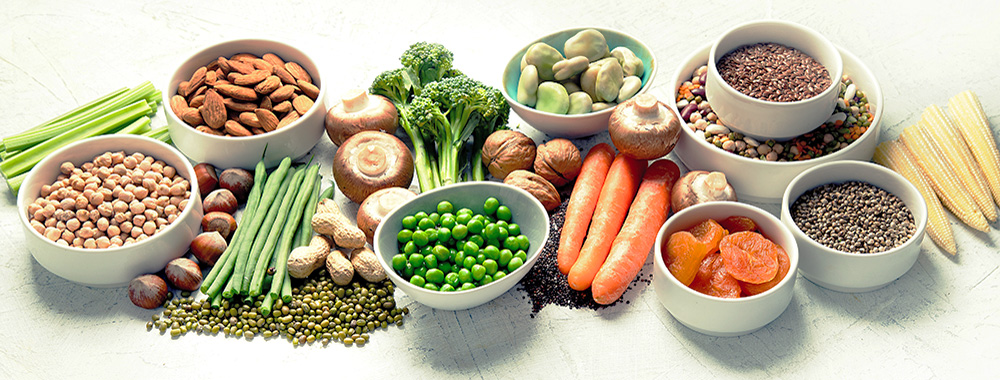Being told a few days later, after your yearly check-up, that you have high cholesterol and need to watch what you eat doesn’t mean you can only eat from a specific, repetitive list of foods.
Feeling worried and thinking that eating may no longer be enjoyable and that you have limited food choices is understandable. However, you can still savor your meals by combining certain foods known to help manage your cholesterol level.
The key is to make simple food substitutions to increase your good cholesterol, HDL, and decrease your bad cholesterol, LDL, by changing how you prepare your meals.
First, adding lean protein meats, carbohydrates, and healthy fats to your diet can help lower your trans fats and saturated fat intake. These foods are rich in specific nutrients that can lower your high cholesterol levels, such as Omega-3 fatty acids, monounsaturated fats, antioxidants, and soluble fiber.
Second, broiling or baking your food instead of frying will help you reduce fat intake and retain more nutrients.
There is a wide variety of options for oats and whole grains. You can switch to whole-grain pasta, whole-wheat bread, or even try quinoa and barley. The key is to keep your meals interesting and enjoyable. Different choices can give u a sense of empowerment and less restriction.
Walnuts, pistachios, almonds, cashews, and peanuts —
These contain high amounts of Omega 3s but are high in calories, so eat them in moderation. Add 1/3 cup of these to salads to enjoy their heart-healthy benefits without overdoing it. However, if you have a nut allergy, please check with your healthcare provider before adding these to your diet to avoid any potential allergic reactions.
Avocados —
Have been shown to help lower LDL (unhealthy) cholesterol levels and raise HDL (healthy) cholesterol levels.
Fruits –
Add apples, pears, berries, and citrus fruits to your daily diet.
Leafy green vegetables —
Rather than regular lettuce, eat more kale, spinach, cabbage, mustard greens, watercress, and Swiss chard.
Colorful vegetables —
Carrots, bell peppers, beets, and broccoli are loaded with vitamins and are a good source of fiber.
Beans and legumes –
Lentils, kidney beans, and black beans are great ways to “flush out” LDL cholesterol. Their high fiber content binds to the cholesterol in the blood and moves it out of the body.
Fatty fish —
Salmon, tuna, herring, sardines, and mackerel contain high amounts of omega-3 fatty acids. Try to have at least three servings per week.
Dark chocolate —
Unsweetened dark chocolate has flavonoids that can lower LDL levels and raise HDL levels. It can also help regulate blood pressure and reduce the risk of heart disease. Remember, everything is in moderation – no more than four squares daily.
Flax and chia seeds —
They are a good source of plant-based protein.
The key is to add and combine these foods in your daily meals. These are some of my favorites:
- For breakfast, instead of flavored and prepackaged oatmeal, try cut steel oats and add berries, walnuts, almonds, and an avocado on multi-grain toast or an egg white omelet.
- For lunch, try spinach and/or kale salad with bell peppers, pieces of broiled salmon, tuna, or grass-fed skinless chicken fillet. Mix virgin olive oil, balsamic vinegar, and a pinch of your favorite spices for salad dressing, avoiding salt as often as possible.
- For dinner — It is nice to know you don’t need to give up red meat entirely. Try grass-fed pork, beef tenderloin, or sirloin with a side salad filled with your favorite colorful vegetables. Note: Limit to no more than three times a week.
Remember, while these foods have many health benefits for the body, everyone’s body reacts differently. So if your last lab test showed high HDL levels, ensure you return and get checked when you’re asked to return for an update. In the meantime, adding these foods to your meals can increase your chances of balancing your cholesterol levels. Trying these dietary changes is the first step toward a healthier you.
